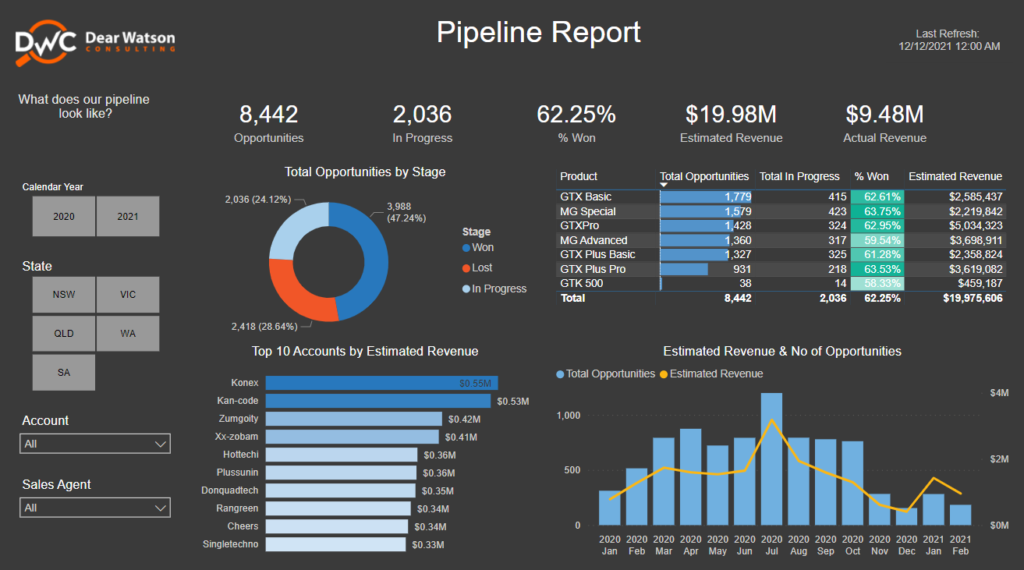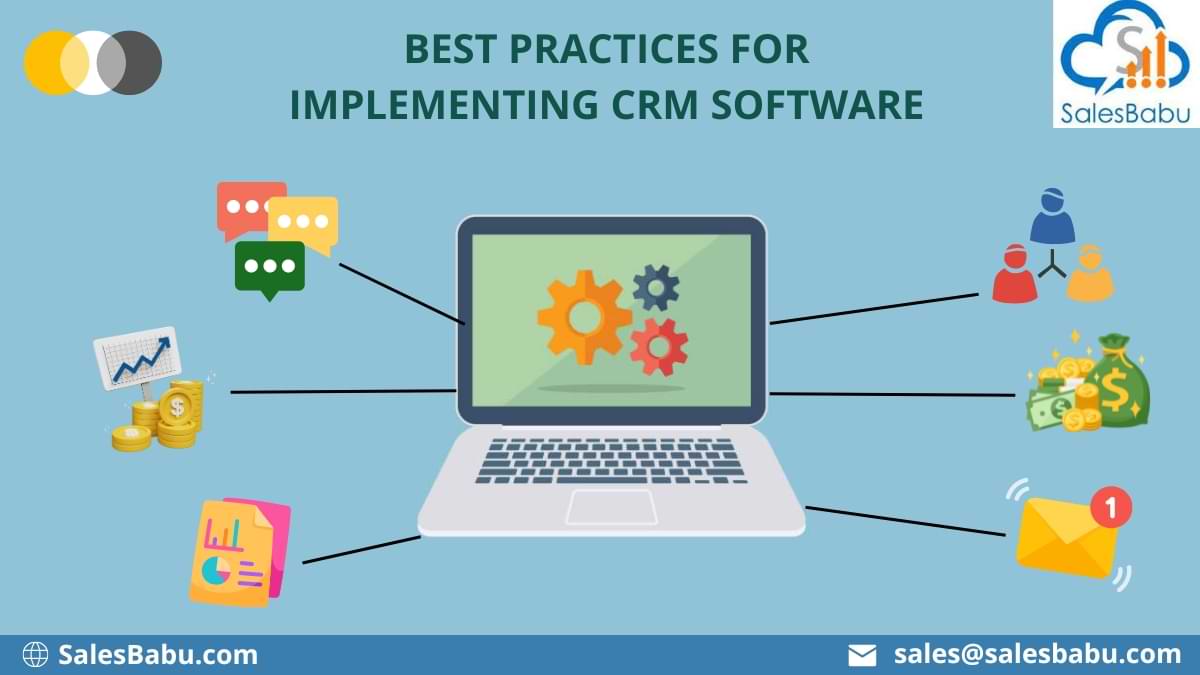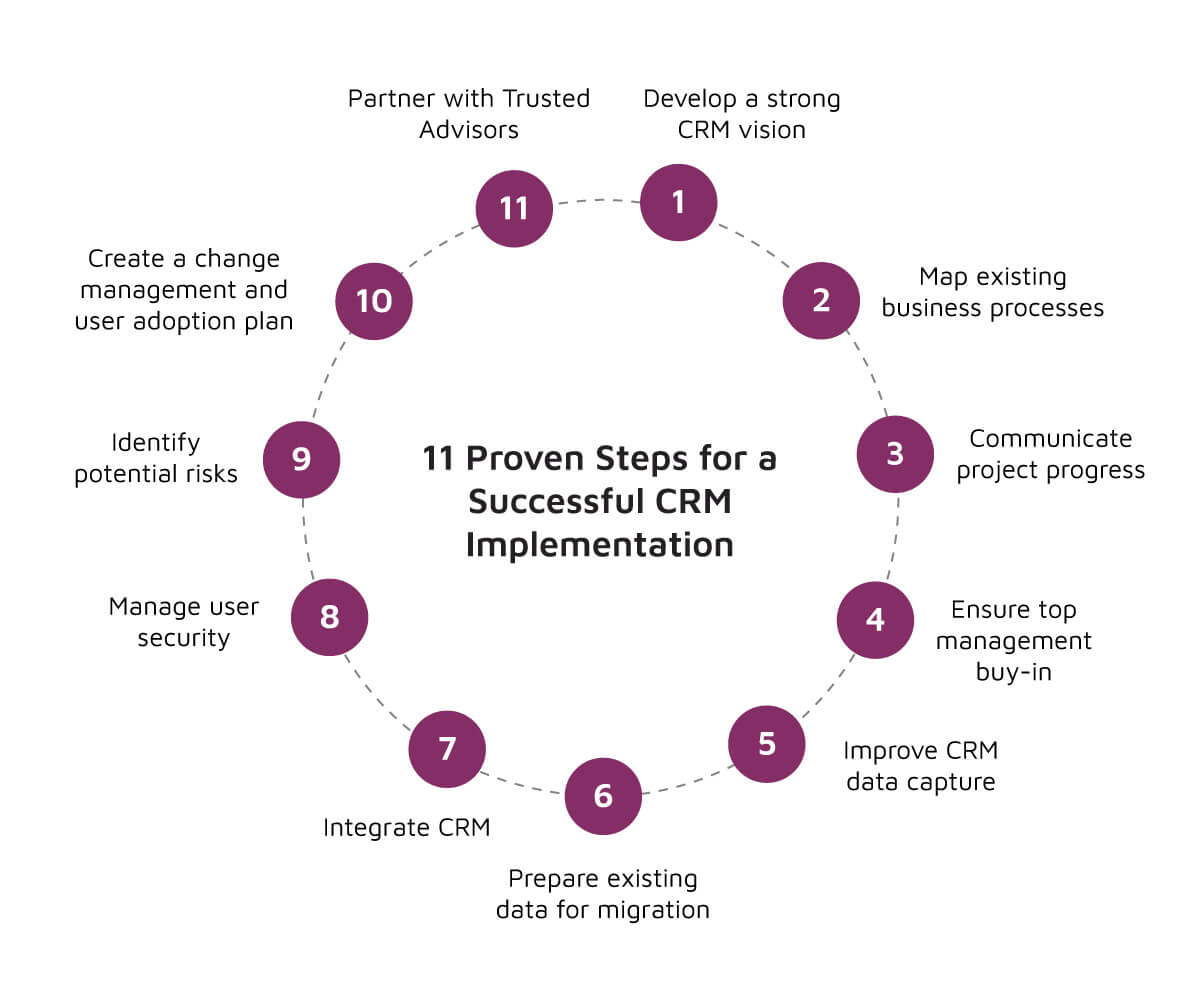In today’s fast-paced business landscape, organizations are constantly seeking ways to gain a competitive edge and drive growth. One crucial aspect of achieving this goal is leveraging customer relationship management (CRM) systems to manage interactions with customers and analyze data to inform business decisions. At the heart of any effective CRM strategy lies analytics and reporting, which enable businesses to extract valuable insights from their customer data and make data-driven decisions.

In this article, we will delve into the world of analytics and reporting in CRM, exploring its benefits, types, and best practices. We will also examine the key features of analytics and reporting tools, and provide guidance on how to implement them effectively.
What is Analytics and Reporting in CRM?
Analytics and reporting in CRM refer to the process of collecting, analyzing, and interpreting data related to customer interactions, sales, marketing, and customer service. The primary goal of analytics and reporting in CRM is to provide businesses with a deeper understanding of their customers, market trends, and business performance. By analyzing customer data, organizations can identify patterns, trends, and correlations that can inform strategic decisions, optimize operations, and drive revenue growth.
Benefits of Analytics and Reporting in CRM
The benefits of analytics and reporting in CRM are numerous and significant. Some of the most notable advantages include:
- Improved Customer Insights: Analytics and reporting in CRM provide businesses with a comprehensive understanding of their customers, including their preferences, behavior, and needs.
- Data-Driven Decision Making: By analyzing customer data, organizations can make informed decisions about sales, marketing, and customer service strategies.
- Enhanced Operational Efficiency: Analytics and reporting in CRM help businesses identify areas of improvement and optimize processes to increase productivity and efficiency.
- Increased Revenue: By identifying new sales opportunities and optimizing marketing campaigns, organizations can drive revenue growth and improve profitability.
- Competitive Advantage: Businesses that leverage analytics and reporting in CRM can gain a competitive edge by making data-driven decisions and staying ahead of market trends.
Types of Analytics and Reporting in CRM
There are several types of analytics and reporting in CRM, including:
- Descriptive Analytics: Provides historical data and insights on customer interactions, sales, and marketing performance.
- Diagnostic Analytics: Helps organizations identify the root causes of problems and opportunities, such as why sales are declining or why customer satisfaction is low.
- Predictive Analytics: Uses statistical models and machine learning algorithms to predict future customer behavior, sales, and marketing outcomes.
- Prescriptive Analytics: Provides recommendations on actions to take to achieve specific business outcomes, such as increasing sales or improving customer satisfaction.
Key Features of Analytics and Reporting Tools
Effective analytics and reporting tools in CRM should possess the following key features:
- Data Integration: Ability to integrate with various data sources, including CRM, marketing automation, and customer service platforms.
- Data Visualization: Capability to present complex data in a clear and intuitive format, using charts, graphs, and other visualizations.
- Real-Time Reporting: Ability to provide up-to-the-minute insights and updates on customer interactions and business performance.
- Customization: Flexibility to create customized reports and dashboards tailored to specific business needs and user roles.
- Security: Robust security measures to protect sensitive customer data and ensure compliance with regulatory requirements.
Best Practices for Implementing Analytics and Reporting in CRM
To get the most out of analytics and reporting in CRM, businesses should follow these best practices:
- Define Clear Goals and Objectives: Establish specific business outcomes and metrics to measure success.
- Choose the Right Tools: Select analytics and reporting tools that align with business needs and integrate with existing CRM and marketing systems.
- Develop a Data-Driven Culture: Foster a culture that values data-driven decision making and encourages collaboration across departments.
- Provide Training and Support: Offer ongoing training and support to ensure that users are proficient in using analytics and reporting tools.
- Monitor and Refine: Continuously monitor analytics and reporting performance and refine strategies to optimize results.
FAQ
Q: What is the primary goal of analytics and reporting in CRM?
A: The primary goal is to provide businesses with a deeper understanding of their customers, market trends, and business performance.
Q: What are the benefits of analytics and reporting in CRM?
A: The benefits include improved customer insights, data-driven decision making, enhanced operational efficiency, increased revenue, and competitive advantage.
Q: What types of analytics and reporting are available in CRM?
A: The types include descriptive, diagnostic, predictive, and prescriptive analytics.
Q: What features should I look for in analytics and reporting tools?
A: Key features include data integration, data visualization, real-time reporting, customization, and security.
Q: How can I implement analytics and reporting in CRM effectively?
A: Follow best practices such as defining clear goals, choosing the right tools, developing a data-driven culture, providing training and support, and monitoring and refining performance.
Conclusion
Analytics and reporting in CRM are essential components of any successful business strategy. By leveraging these tools and techniques, organizations can gain a deeper understanding of their customers, optimize operations, and drive revenue growth. With the right analytics and reporting tools and a data-driven culture, businesses can make informed decisions, stay ahead of market trends, and achieve a competitive edge. As the business landscape continues to evolve, the importance of analytics and reporting in CRM will only continue to grow, making it a crucial investment for any organization seeking to drive success and growth.
Closure
Thus, we hope this article has provided valuable insights into The Power of Analytics and Reporting in CRM: Unlocking Insights for Business Success. We thank you for taking the time to read this article. See you in our next article!


